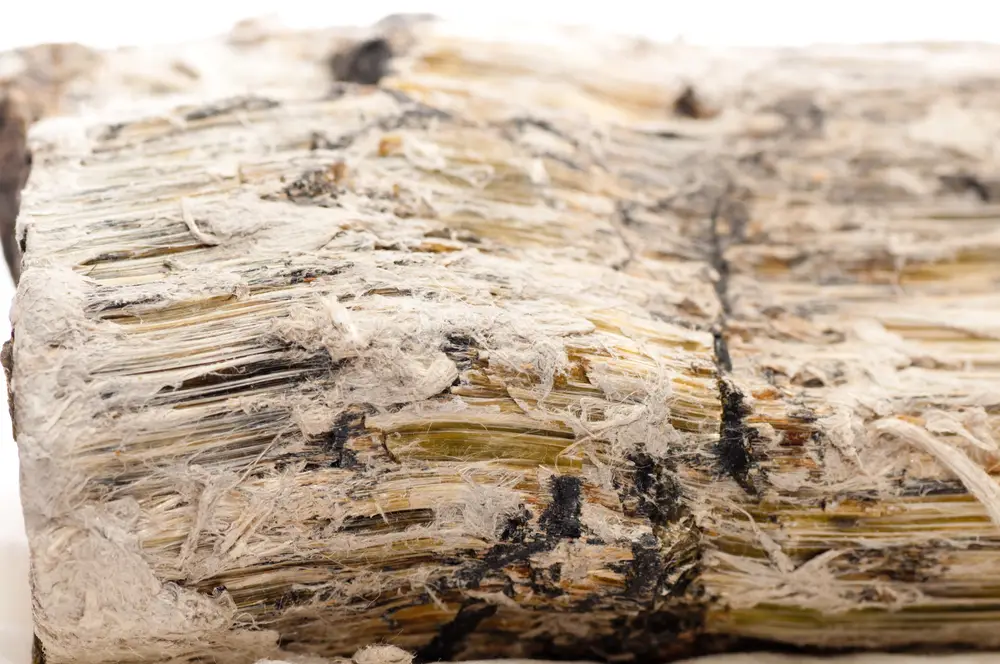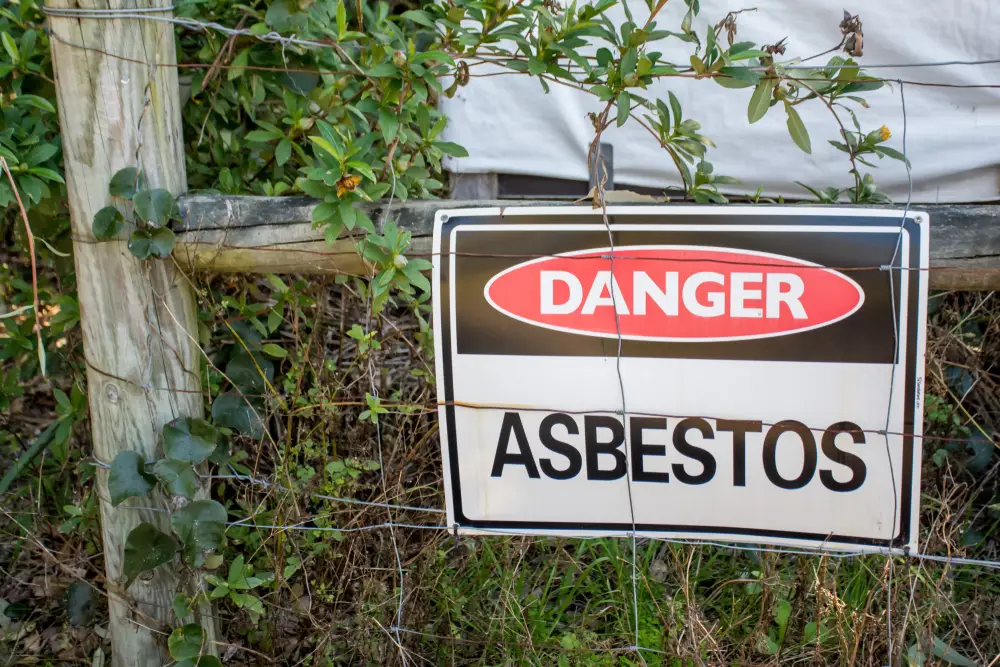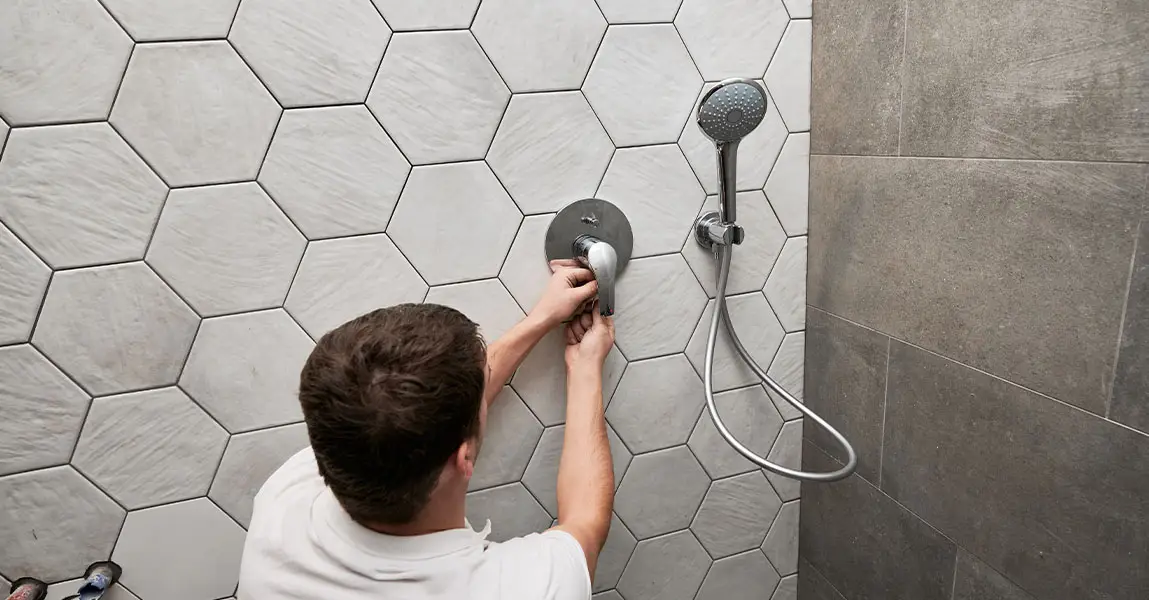Understanding the Risks of Asbestos Exposure
Children and vulnerable people are more likely to suffer health problems from asbestos exposure. Their lungs and immune systems are still developing, so fibers that adults might tolerate more easily can cause lasting damage in them. In other words, the same exposure that may not affect a healthy adult right away can be far more harmful for a child or senior.
We know asbestos can stay hidden in insulation, old tiles, or walls for decades. Therefore, everyday activities like playing on the floor, moving boxes in a basement, or even routine cleaning can stir up dangerous fibers. Once inhaled, these fibers do not leave the lungs, and they can trigger long-term issues such as scarring or serious disease.
Why Children Face Higher Risks
Small bodies breathe faster than adults. That means children inhale more air in relation to their size, and consequently more fibers if asbestos is present. This makes each exposure more intense. Moreover, children spend more time close to the ground where dust can collect.
We also see that their developing organs are less able to repair damage. For instance, asbestos-related scarring can permanently limit lung growth. Unlike adults, they do not have years of built-up resistance to environmental hazards. Above all, children who grow up in older homes with asbestos may face risks for decades before problems even become visible.
How Vulnerable Populations Are Impacted
Seniors and people with existing health problems are another group at high risk. Their bodies may already struggle with reduced lung capacity or weaker immune defenses. As a result, even low levels of exposure can cause health problems to accelerate.
Similarly, people with asthma, chronic bronchitis, or other respiratory conditions often notice asbestos effects sooner. Everyday tasks like vacuuming or home repairs can release fibers into the air, worsening their condition quickly. That is why our team treats any space where vulnerable people live with extra care and urgency.
Identifying Hidden Asbestos in the Home
Many families do not realize that asbestos still exists in common building materials. It often hides in old insulation, vinyl floor tiles, ceiling plaster, and heating ducts. To clarify, asbestos does not pose a risk when left completely undisturbed. However, as soon as these materials crack, wear down, or are drilled into, dangerous dust can spread.
For example, a homeowner replacing old flooring may not notice the risk until the work has already stirred up asbestos. In the same vein, an aging boiler system wrapped in insulation can leak fibers during repairs. We always recommend a professional inspection before any renovation or demolition in older homes. If you want to learn more about available services, you can check out asbestos removal Calgary.
Safe Practices During Renovations
Families who start renovations without testing materials may unknowingly expose themselves and their children. Breaking tiles, sanding plaster, or cutting through old walls can all release asbestos fibers. Even cleaning up after the work can continue to spread dust if the right equipment is not used.
Therefore, one of the best steps families can take is to arrange for professional testing before starting. If asbestos is confirmed, our team can safely seal off the area, use protective gear, and apply removal methods that prevent fibers from entering the air. Above all, this approach keeps vulnerable people out of danger during home projects.
How Schools and Daycares Manage Asbestos Risks
Public buildings where children gather often contain older construction materials. Schools built before the 1980s frequently used asbestos for insulation and fireproofing. However, these buildings remain in use today. That means thousands of children may spend time in spaces with hidden asbestos.
Regular inspections are critical. If damage is spotted early, repairs or removal can prevent larger exposure incidents. For instance, worn floor tiles in a classroom may be replaced before children track fibers onto their shoes. Similarly, old heating ducts can be sealed to stop fibers from circulating. Protecting these spaces ensures that vulnerable groups are not silently exposed day after day.
Why Professional Removal Matters
Some families think they can remove asbestos themselves to save time or money. But this approach almost always increases exposure. Professional teams use sealed barriers, negative air machines, and protective suits to ensure fibers do not escape. Without these steps, asbestos can spread to other rooms or remain in the air for days.
Our team knows how to remove and dispose of asbestos waste according to strict safety rules. In addition, we conduct air testing afterward to confirm that the space is safe. Children and vulnerable populations cannot afford even a small mistake in this process. That is why trusting trained professionals is the safest path forward.
Long-Term Health Benefits of Removal
Once asbestos is safely removed, the benefits are lasting. Families no longer need to worry about hidden dangers during repairs or daily activities. Consequently, children can play, crawl, or help with chores without extra risk. Seniors with breathing problems can live more comfortably without hidden fibers adding stress to their lungs.
It also adds peace of mind. For example, knowing that an old basement ceiling has been cleared allows a family to use the space for play or storage safely. In the same vein, parents can plan future renovations without fearing they will disturb asbestos again. Our team sees removal not only as a safety measure but also as an investment in healthier living.
Practical Steps Families Can Take Now
There are several simple steps families can use to reduce asbestos risks today. Firstly, avoid sanding, drilling, or cutting into old building materials unless they have been tested. Secondly, keep an eye out for damaged insulation, crumbling plaster, or broken tiles, and treat these as possible risks.
Furthermore, do not try to vacuum or sweep suspicious dust, as this can stir fibers into the air. Instead, contact a professional team for proper testing and removal. If you are ready to take action for your home, reach out through asbestos inspection and safe removal services to arrange a consultation with our team.
FAQ
How do I know if my home has asbestos?
Older homes built before the 1990s often used asbestos in insulation, flooring, and ceiling materials. A professional inspection is the only way to be certain.
Can asbestos exposure affect children differently than adults?
Yes. Children breathe more air relative to their body size and are closer to the ground where dust settles, making them more vulnerable.
Is asbestos dangerous if it is not disturbed?
Asbestos in good condition does not usually release fibers. The danger comes when it is damaged, worn, or disturbed during repairs or renovations.
What should I do if I suspect asbestos in my home?
Avoid disturbing the material and contact a professional team for testing. Do not attempt to remove or clean it yourself.
How does asbestos removal improve long-term health?
Safe removal eliminates hidden risks, reduces breathing issues, and allows families to live without the fear of exposure during daily life or future renovations.











